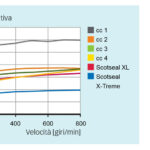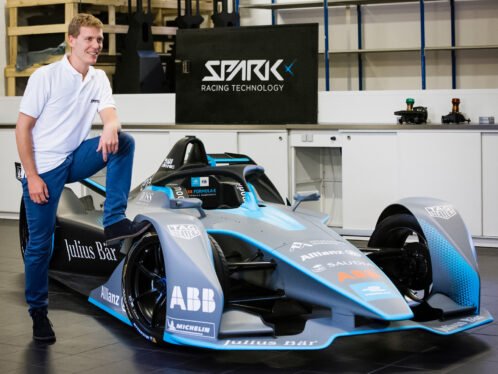
Getting big by going small
When the first Maruti Suzuki 800 rolled off the production line in India in 1983, it marked the beginning of an automobile revolution in the country. During the 1970s, owning a car in India was a luxury few could afford, and government restrictions on production had hampered growth. But in the 1980s, Japanese carmakers entered the market and started local car production, often in partnership with Indian companies. The automotive sector took off, and Maruti Suzuki (then Maruti Udyog Limited, a venture between Indian Maruti and Japan’s Suzuki Motors) led the way. “The Suzuki Group has a real strength in small cars,” says Sudam Maitra, COO supply chain at Maruti Suzuki India. “When they started in India, the Indian government had a vision of making small cars that common people could afford. That is the reason why they were invited to India.” In the early 1990s, the country’s economic liberalization led to accelerated car production, and in the past 20 years India has gone from 20,000 cars on the road to more than 3 million. More than 70 percent of those cars belong to the small or compact car segment, where Maruti Suzuki still rules the roads in spite of increasingly tough competition from national and international players. It is the only Indian car company to have crossed the 10-million-car sales mark since establishing itself in India. In recent years, like many of its competitors, Maruti has begun offering larger models with more features, such as Grand Vitara, Kizashi and the recently launched Ertiga. But the company’s compact car models, Alto and Swift, top the Indian car sales charts, and Alto is one of the best-selling compact car models in the world. India’s automotive sector has been growing steadily since 2000, driven by the increasing number of Indian consumers with rupees to spend, thanks to the country’s rapid economic growth. By 2005, 50 million people belonged to the middle class. By 2009, India had emerged as Asia’s fourth-largest exporter of passenger cars, and in 2011 the country overtook Brazil as the sixth-largest car producer in the world. “When we started car manufacturing in India, people’s preferences were only that a car should be functional,” says Maitra. “It needed be able to carry family members, because it was the family’s only car. But today, after all the global players have come to India, things have really changed. Because there are so many features available today with the foreign cars, now people are looking more and more into features.” After more than 10 years of intense growth, the Indian auto industry recently faced some serious obstacles. The global economic crisis, macroeconomic slowdown, high interest rates and rising fuel prices have left the industry weakened. One of Maruti Suzuki’s key strategies in overcoming these challenges has been to focus on rural India, where one in every three cars sold is produced by the company. In October 2012, Maruti Suzuki launched the Alto 800, an updated version of its flagship model. The Economic Times reported recently that the company is planning to double its outlets in rural India in the next two years, identifying “rural” as the areas beyond the 40 largest Indian cities. Maruti Suzuki has been targeting what it calls “clusters” of potential car buyers, such as apple growers in the northern state of Himachal Pradesh. The company expects the rural regions of India to account for almost half of its annual sales volumes in 2015–2016. Although Maruti Suzuki has seen increasing interest in its premium cars – also in the rural areas – compact cars are still in high demand, just as the Maruti Suzuki 800 once was. Maruti Suzuki may be branching out into producing bigger, more luxurious cars, but the release of the Alto 800 proves that the company is still staying close to its small-car roots. In 2009, Maruti Suzuki started work on the Alto and Swift car platforms that were to represent 70 percent of the company’s total vehicle production. In that same year, SKF partnered with Maruti Suzuki to supply wheel bearing units, the value-optimized HBU-1 that was launched in 2010 and tailor-made for compact cars. “The HBU-1 new market offering, when it got on the new platforms of Alto and Swift, changed our position at Maruti,” recalls Chetan Lagu, general manager of sales at SKF India. “It altered our working relationship, changing us from a marginalized player to a formidable bearing supplier. We have a significant share now. It also opened doors for us, for the newer platforms that are coming in now.” In 2012, SKF opened the doors of its new Global Technical Centre (GTCI) in Bangalore to increase focus on local product innovation in India. Maruti Suzuki welcomed the initiative. As Sunil Kakkar, vice-president supply chain at Maruti Suzuki, recalls, “When the chairman of the Suzuki Motor Corporation came to India recently, he indicated that a lot of work with R&D will be done at Maruti Suzuki India itself. This means that whatever vehicle designing we are doing has to be done in India. Since that engineering is going to be developed in India, we need compatible suppliers that have their own R&D facilities in India. SKF launching an R&D Centre here is definitely a very big step.”
Local development





